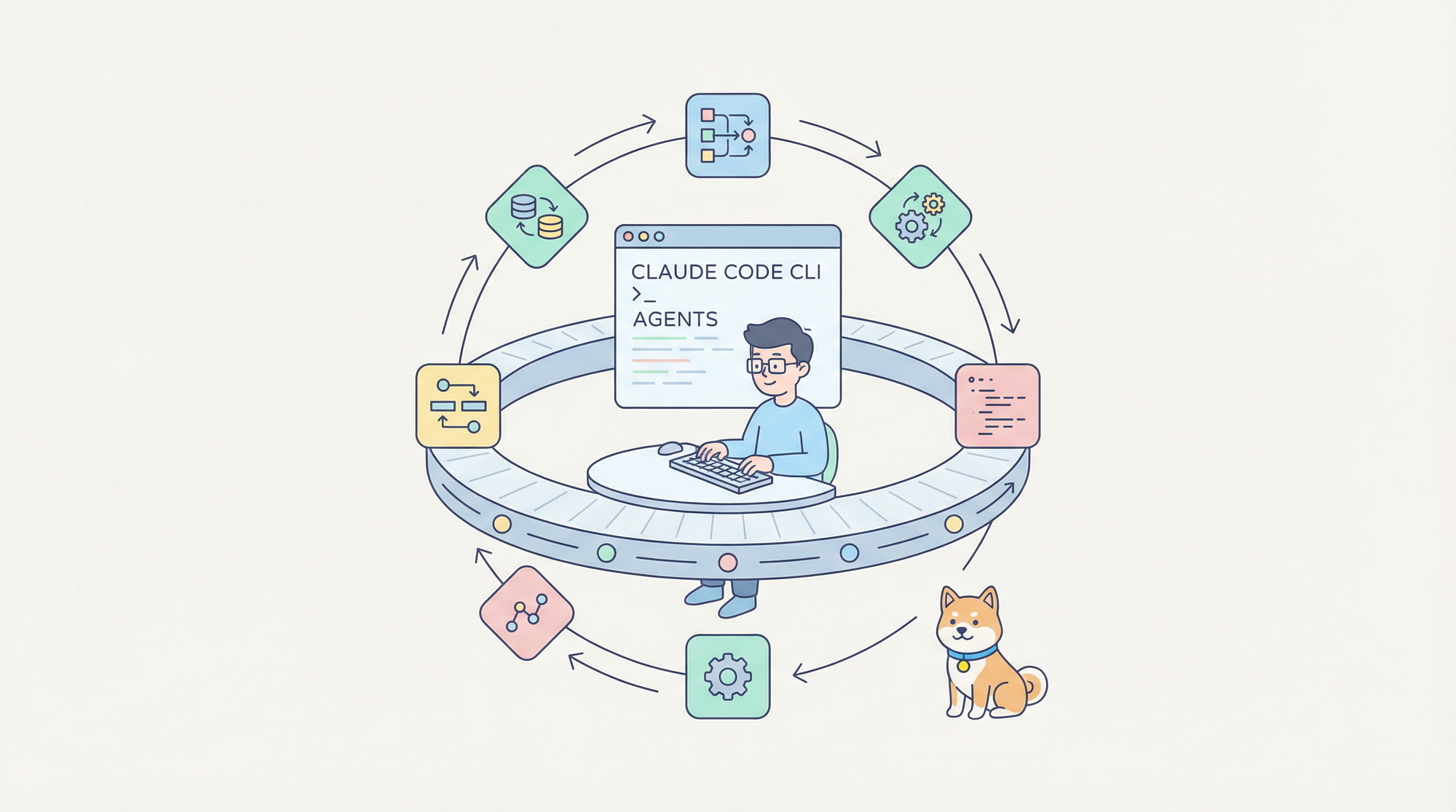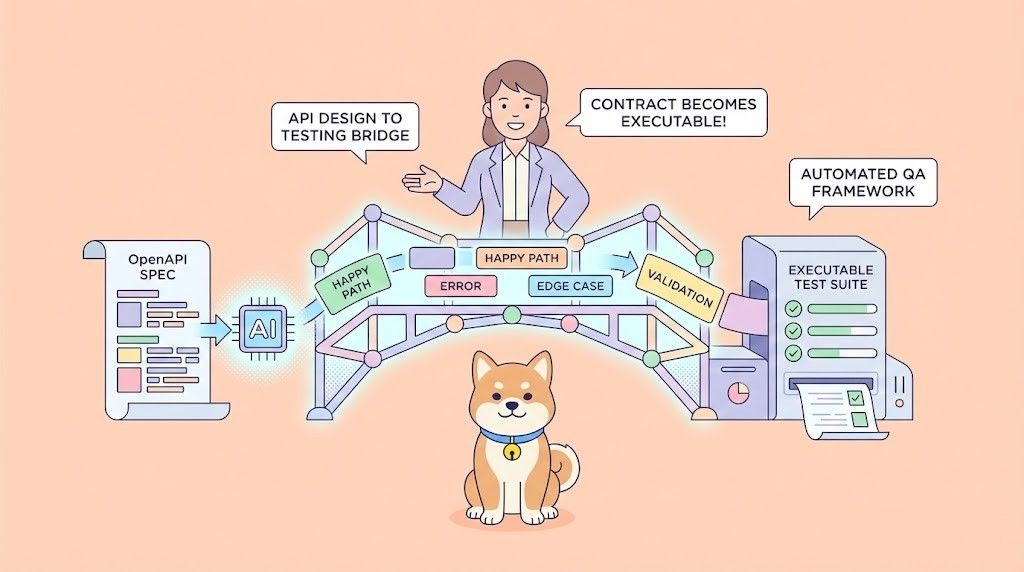In the fast-paced world of software development, testing is a crucial step that ensures your applications run smoothly and meet user expectations. One of the most powerful tools available to developers for testing is the public API. Whether you're a seasoned developer or just starting, understanding how to leverage public APIs for testing can significantly streamline your workflow and improve the quality of your software.
What is an API?
Let's start with the basics. API stands for Application Programming Interface. It allows different software applications to communicate with each other. Think of it as a waiter taking orders between a customer (your application) and a kitchen (another service or application). The API is the waiter that translates and delivers requests and responses.
The Importance of Public APIs for Testing
Public APIs are accessible over the internet and are available for use by anyone. These APIs provide endpoints that you can use to test various functionalities in your application. They are essential for several reasons:
Real-World Data Access: Public APIs allow developers to test their applications with real-world data. This can be invaluable in understanding how your application will perform in a live environment.
Cost-Efficiency: Instead of building and maintaining your own testing infrastructure, you can use public APIs to perform extensive testing. This saves time and resources.
Standardization: Public APIs often follow standard protocols and conventions, which means you can rely on them to behave consistently, making your testing more reliable.
Transitioning to the Main Content
Now that we've covered the basics, let's dive deeper into the world of public APIs for testing. We'll explore popular APIs, how to use them effectively, and best practices to ensure you're getting the most out of them.
Popular Public APIs for Testing
There are countless public APIs available, each serving different purposes. Here, we'll highlight some of the most popular ones that can be particularly useful for testing.
JSONPlaceholder
URL: https://jsonplaceholder.typicode.com/
JSONPlaceholder is a free online REST API that you can use whenever you need some fake data. It's great for testing and prototyping. You can perform all the common HTTP methods: GET, POST, PUT, PATCH, and DELETE.

Example Use Case
Imagine you're building a new social media app. You can use JSONPlaceholder to simulate user data, posts, comments, and more. This helps you test your application's functionality without needing to set up a backend.
{
"userId": 1,
"id": 1,
"title": "Sample Post",
"body": "This is a sample post for testing."
}
OpenWeatherMap
URL: https://openweathermap.org/api
OpenWeatherMap provides weather data, including current conditions, forecasts, and historical data. It's an excellent API for testing applications that require weather information.

Example Use Case
If you're developing a travel app that needs to display weather information, OpenWeatherMap can provide real-time data. This allows you to test how your app handles and displays weather conditions.
{
"weather": [
{
"description": "clear sky"
}
],
"main": {
"temp": 293.15
}
}
RandomUser
RandomUser is a public API that generates random user data. This can be useful for testing applications that involve user accounts or profiles.

Example Use Case
For a new e-commerce platform, you can use RandomUser to generate sample customer profiles, helping you test the user registration and profile management features of your application.
{
"name": {
"first": "John",
"last": "Doe"
},
"email": "john.doe@example.com"
}
Cat Facts
URL: https://alexwohlbruck.github.io/cat-facts/
For something a bit more whimsical, the Cat Facts API provides random facts about cats. It's perfect for testing applications that require random trivia or fun facts.

Example Use Case
Building a chatbot? Use the Cat Facts API to add a touch of fun by providing random cat facts when users interact with your bot.
{
"fact": "Cats have five toes on their front paws, but only four on the back ones."
}
How to Use Public APIs for Testing
Using public APIs for testing involves several steps, from finding the right API to integrating it into your testing framework. Here's a step-by-step guide to help you get started.
Step 1: Identify Your Testing Needs
Before you start, it's important to clearly define what you need to test. Are you testing data retrieval, user authentication, or some other functionality? Knowing this will help you choose the right API.
Step 2: Find a Suitable Public API
Once you know your needs, search for a public API that fits. Apidog offer extensive directories of public APIs across various categories.

Step 3: Understand the API Documentation
API documentation is crucial. It provides details on how to use the API, including endpoints, request methods, and response formats. Take the time to read and understand the documentation before integrating the API.

Step 4: Test the API
Before integrating the API into your application, test it using tools like Apidog . This helps ensure that the API behaves as expected and allows you to familiarize yourself with its responses.

Step 5: Integrate the API into Your Application
With your initial tests complete, you can now integrate the API into your application. This might involve setting up HTTP requests, handling responses, and integrating the data into your application's logic.
After integration, it's important to continuously monitor and debug your application. Public APIs can change or experience downtime, so having monitoring in place helps you catch issues early.
Best Practices for Using Public APIs for Testing
Using public APIs effectively requires following some best practices to ensure smooth and efficient testing.
1. Rate Limiting and Throttling
Public APIs often have rate limits to prevent abuse. Make sure to understand these limits and design your application to handle them gracefully. Implementing retries with exponential backoff can help manage rate limits.
2. Error Handling
APIs can fail for various reasons. Ensure your application has robust error handling in place to manage these failures gracefully. This includes handling HTTP status codes, timeouts, and parsing errors.
3. Data Validation
When using public APIs, always validate the data you receive. This ensures that your application doesn't break due to unexpected data formats or values.
4. Caching
To reduce the number of API requests and improve performance, consider implementing caching. Cache frequent requests and update the cache periodically to keep the data fresh.
5. Security
Ensure that any sensitive information, such as API keys, is stored securely. Avoid hardcoding keys in your application and use environment variables or secret management tools.
6. Stay Updated
Public APIs can change, with new versions or deprecations being introduced. Stay updated with the API's release notes and update your application as needed to accommodate these changes.
Advanced Tips for Leveraging Public APIs
Combining Multiple APIs
One powerful approach is to combine multiple public APIs to create more complex and useful features. For example, you could use OpenWeatherMap to get weather data and combine it with a location API to provide weather updates based on a user's current location.
Automating API Testing
Automated testing frameworks like Postman, JUnit, or Mocha can be used to automate your API testing process. This helps ensure consistency and reliability in your tests and saves time in the long run.
Using Mock APIs
Sometimes, public APIs might not have all the features you need for testing. In such cases, you can use mock APIs to simulate the API's behavior. Tools like Mockoon and WireMock can help you create mock APIs for more controlled testing environments.
Analyzing API Performance
It's important to monitor the performance of the APIs you use. Tools like New Relic and APImetrics can help you analyze the performance and reliability of public APIs, ensuring they meet your application's needs.
Conclusion
Public APIs for testing are a vital resource for developers, offering real-world data, cost-efficiency, and standardization. By understanding how to find, use, and integrate these APIs effectively, you can significantly improve your development process and the quality of your applications.
Remember to follow best practices, stay updated with API changes, and leverage advanced techniques to get the most out of public APIs. With these tools and strategies in hand, you'll be well-equipped to tackle any testing challenges that come your way.
By following this guide, you'll be able to navigate the world of public APIs for testing with confidence, ensuring your applications are robust, reliable, and ready for the real world. Happy testing!



